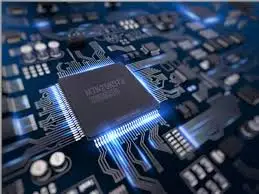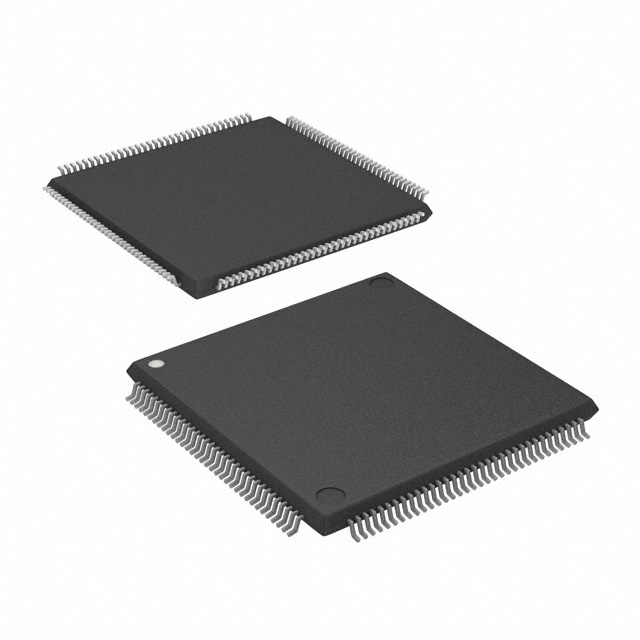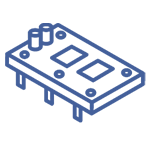Categories
- FPGAs (Field Programmable Gate Array)(23,544)
- 1
- 2
- 3
- 4
- 5
- 6
- 250
Description of FPGAs (Field Programmable Gate Array
FPGAs are special integrated circuits that you can configure yourself to perform various logical operations and process information. They offer a lot of built-in functionality and are used instead of regular microprocessors when tasks need to be done very quickly, like handling data from high-speed converters. FPGAs usually need an external memory device to store their setup and reload it when they start up.

Frequently Asked Questions
What is a Field Programmable Gate Array (FPGA)?
An FPGA (Field Programmable Gate Array) is a type of integrated circuit that you can buy ready-made and then configure yourself. It’s called "field programmable" because you can change its hardware setup after it’s been manufactured to suit your specific needs.
What are FPGAs used for?
FPGAs are great for tasks that need high-speed data processing. They can handle multiple tasks at once (parallel processing), which makes them much faster than traditional processors. They are commonly used in real-time signal processing, video processing, and for tasks involving encryption and decryption.
Are FPGAs reprogrammable?
Yes, most FPGAs use SRAM-based technology, which allows them to be programmed and reprogrammed. However, they need external memory devices, like flash memory or EEPROM, to load their setup into the internal SRAM that controls their logic and routing.
Why is an FPGA called a gate array?
An FPGA, or Field-Programmable Gate Array, is named for its ability to create digital circuits that can be reconfigured by the user. Unlike fixed logic gates, which have a set function, an FPGA doesn’t have a specific function when it’s made. Instead, you can program it to perform different tasks as needed.
Where are FPGAs used today?
FPGAs are used in missile guidance systems and other military applications where low latency is crucial. They are also found in electronic warfare systems and secure communications like network encryptors and wireless radios, thanks to their ability to handle high-speed processing and be reconfigured for different tasks.
What is the most common use of FPGAs?
FPGAs are commonly used for Digital Signal Processing (DSP). They excel in tasks like image and video processing, audio processing, and wireless communication due to their ability to process data in parallel and be easily reconfigured for real-time signal processing.
What is FPGA for dummies?
In simple terms, an FPGA (Field-Programmable Gate Array) is an integrated circuit packed with logic gates and I/O circuitry. It can take in data from one system and send it out to another, and you can program it to perform various functions depending on your needs.
What happens when an FPGA is programmed?
When you program an FPGA, you’re not changing the hardware itself. Instead, you’re loading a configuration that makes the FPGA act like a specific digital circuit. It’s like giving the FPGA instructions on how to behave, so it performs exactly like the circuit you want.
Why use an FPGA instead of a CPU?
CPUs are great for handling a wide variety of tasks, but FPGAs are better for certain jobs where you need high performance, flexibility, and energy efficiency in specific areas. They can be customized to do specialized tasks much faster and more efficiently than a general-purpose CPU.
How many times can an FPGA be reprogrammed?
You can reprogram an FPGA as many times as you need because it uses SRAM to store its configuration, which doesn’t wear out with use. Most FPGAs can be loaded with new instructions from a processor one piece at a time, and that processor can get the FPGA's setup from various sources.









